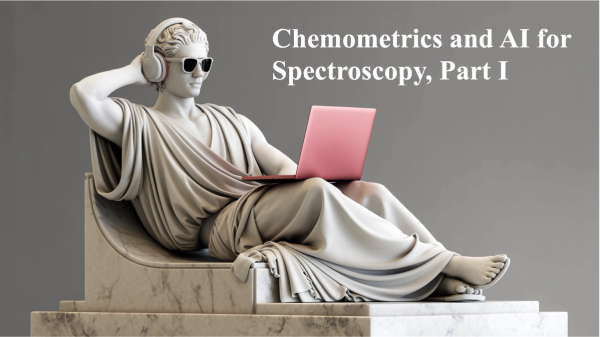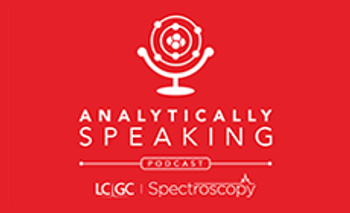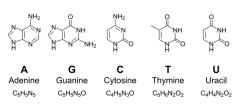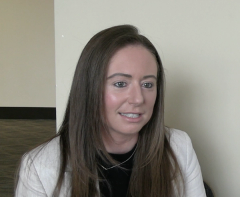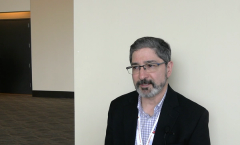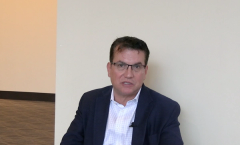
Spectroscopy
Latest Content

Best of the Week: Reflecting on SciX 2025, Recent Research in Chemometrics and AI

New Chemometric Analysis Explores How Soy Protein and Starch Interactions Shape Food Texture

One Month Later: Reflecting on the 2025 SciX Conference

AI Model Enhances Accuracy of Breast Cancer Prognosis Predictions
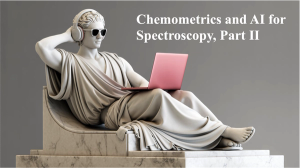
Recent Research in Chemometrics and AI for Spectroscopy, Part II: Emerging Applications, Explainable AI, and Future Trends

Shorts
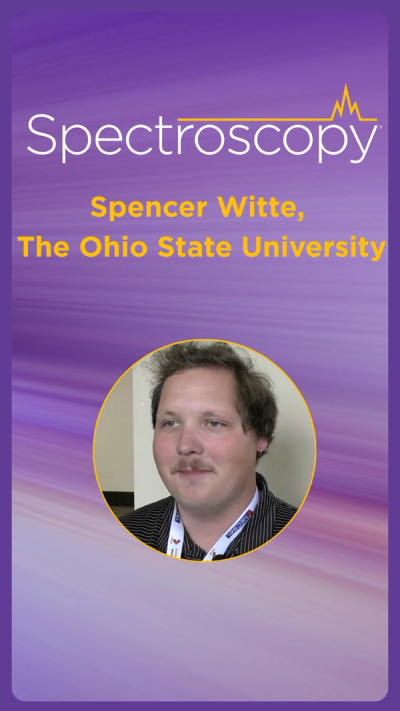
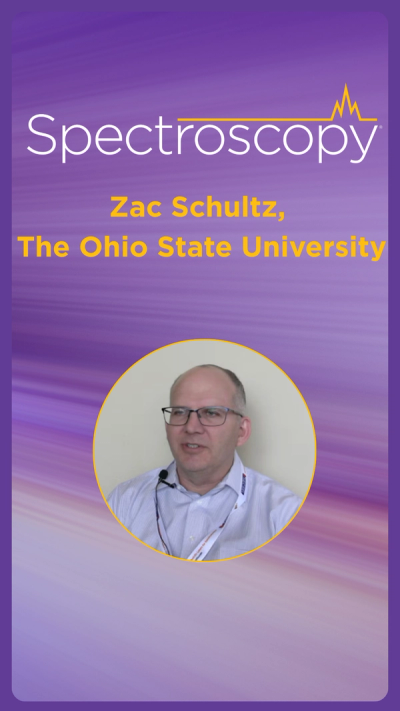
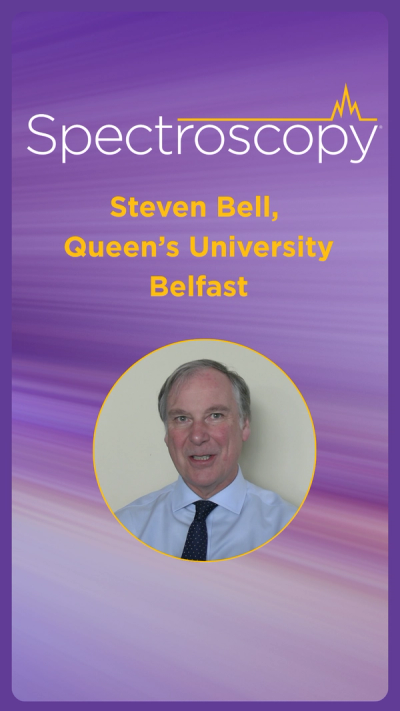
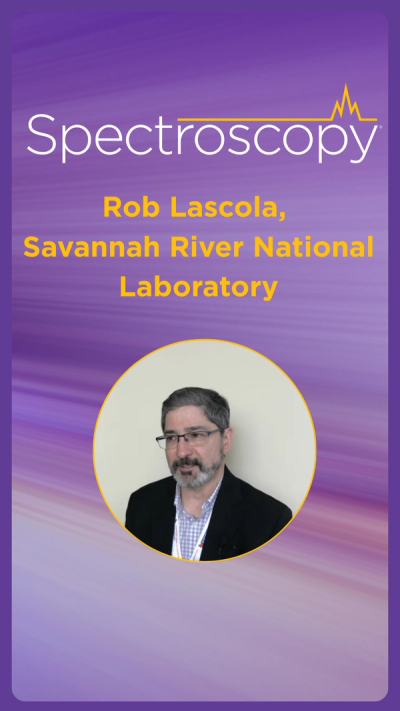
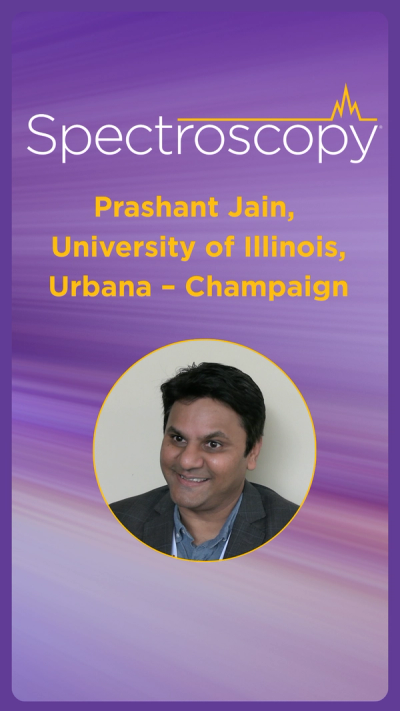
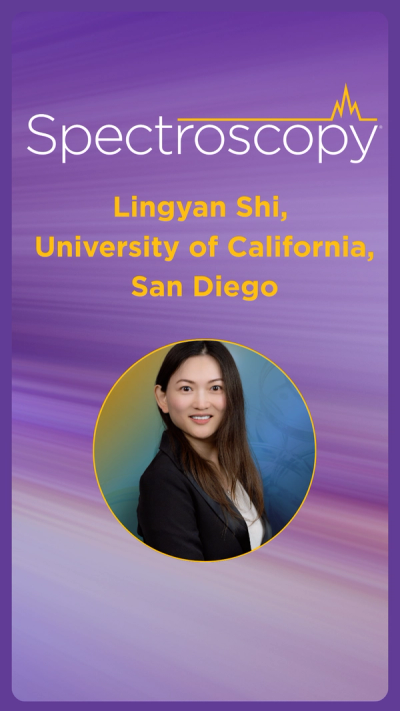
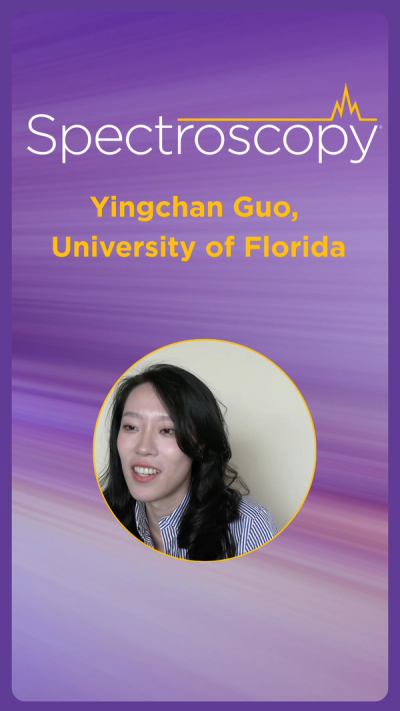
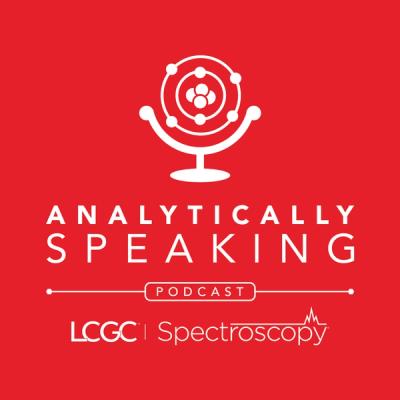


Podcasts
Videos
All Content
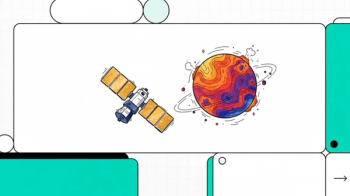
In a recent study, a team of researchers developed a three-dimensional (3D) spectroscopic map of a distant exoplanet’s atmosphere, revealing surprising details about its structure and chemistry.

This compilation of articles shows how spectroscopy is being used to ensure honey authentication.
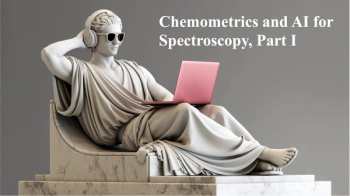
This first article in a two-part series introduces the foundations and terminology of AI as applied to chemometrics, defines key algorithmic approaches, and explores their growing role in spectral data analysis, model quantitative calibration, classification, and interpretability


A recent review article explores how SEM-EDS is being used to evaluate solar panel corrosion.

Top articles published this week include a tutorial on spectroscopy in the energy industry, a look at how hyperspectral imaging (HSI) is advancing science and medicine, and an inside look at the Alvin submersible and how spectroscopy has aided its operations in exploring the deep sea.


Using optical and near-infrared spectroscopy, researchers have identified crystalline water ice as the likely driver of explosive outbursts on comet 12P/Pons-Brooks. Their findings link this dramatic cometary activity to a process once observed in comets 17P/Holmes and 332P/Ikeya–Murakami.


In this interview segment with Rohith Reddy, he discusses how mid-infrared spectroscopic imaging (MIRSI) can be used to help detect numerous disease types.

A recent study presented a novel deep learning model that could improve the prediction of fuel properties in the petroleum industry.

A new international review highlights how hyperspectral imaging (HSI) is revolutionizing diverse fields—from counterfeit detection and agriculture to cancer diagnostics—by capturing unprecedented spectral detail invisible to traditional cameras. The study identifies major advances, challenges, and the growing role of artificial intelligence in real-time HSI applications.

Spectroscopy is playing a sizable role in expanding the capabilities of remotely operated and manned submersibles. A recently published nonfiction book highlights the advancements made in deep-sea exploration technology, and we discuss spectroscopy's role in all of this.

Researchers have developed a new method combining unmanned aerial vehicle (UAV) hyperspectral imaging with satellite data to monitor chlorophyll-a (Chla) and total nitrogen (TN) concentrations in coastal wetland waters. Their approach enhances the precision and scalability of water quality assessments, providing a model for managing eutrophication in fragile ecosystems.

This article provides a clear refresher on key spectroscopy techniques—IR/NIR, Raman, UV–Vis, XPS/XAS, NMR, ICP-MS, and LIBS—and their applications in the energy industry, from batteries and solar panels to fuel production and emissions monitoring.











